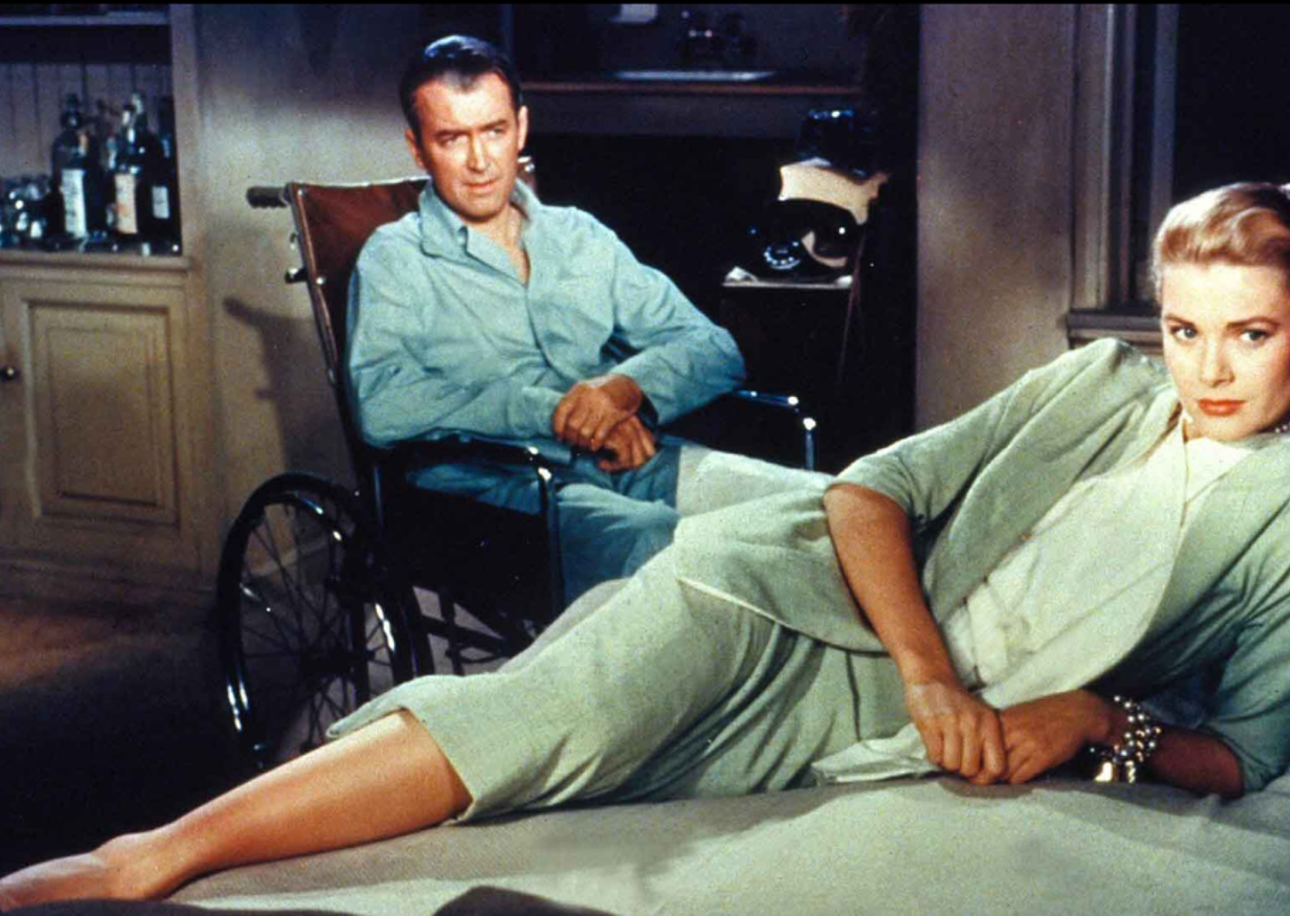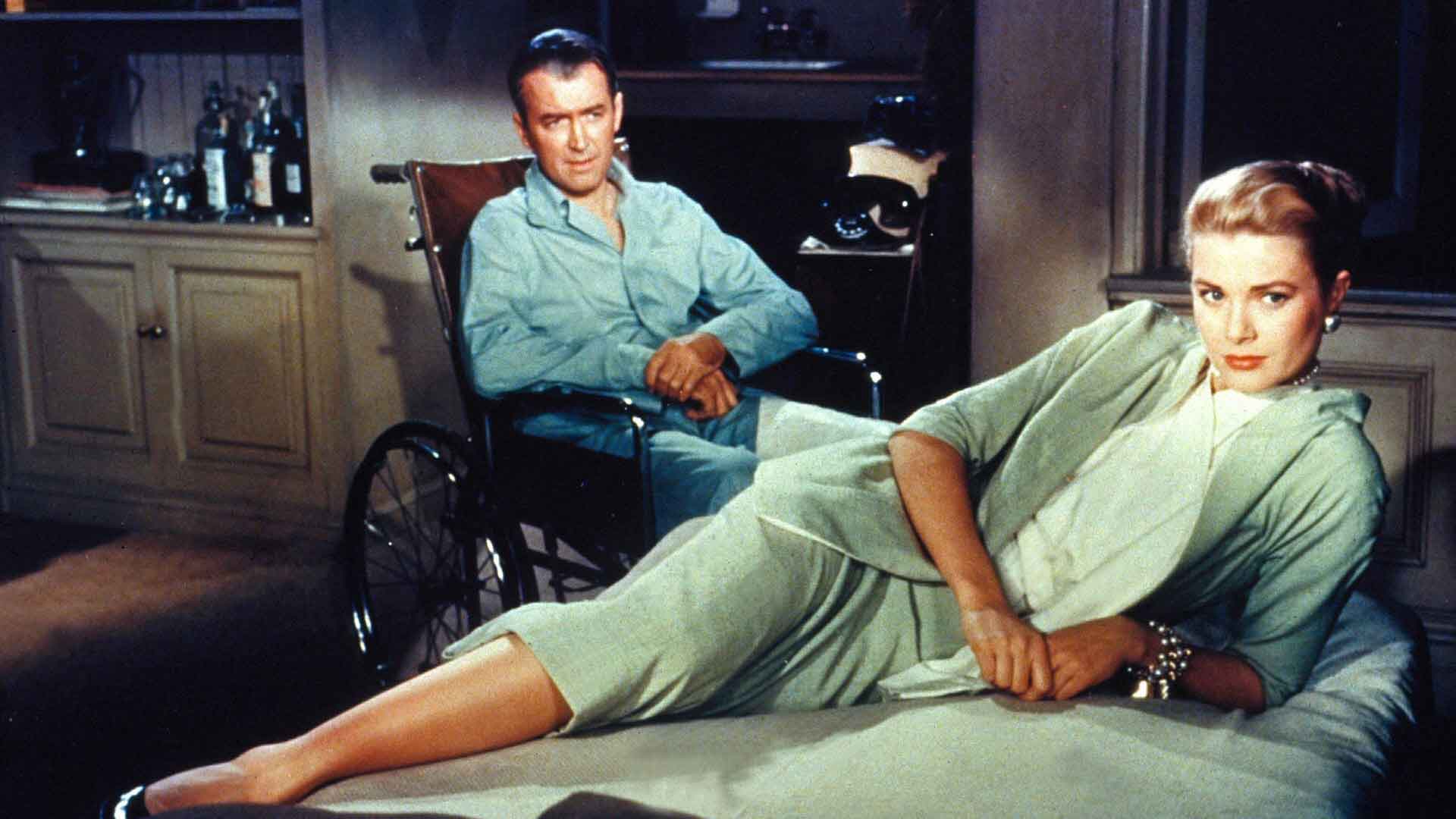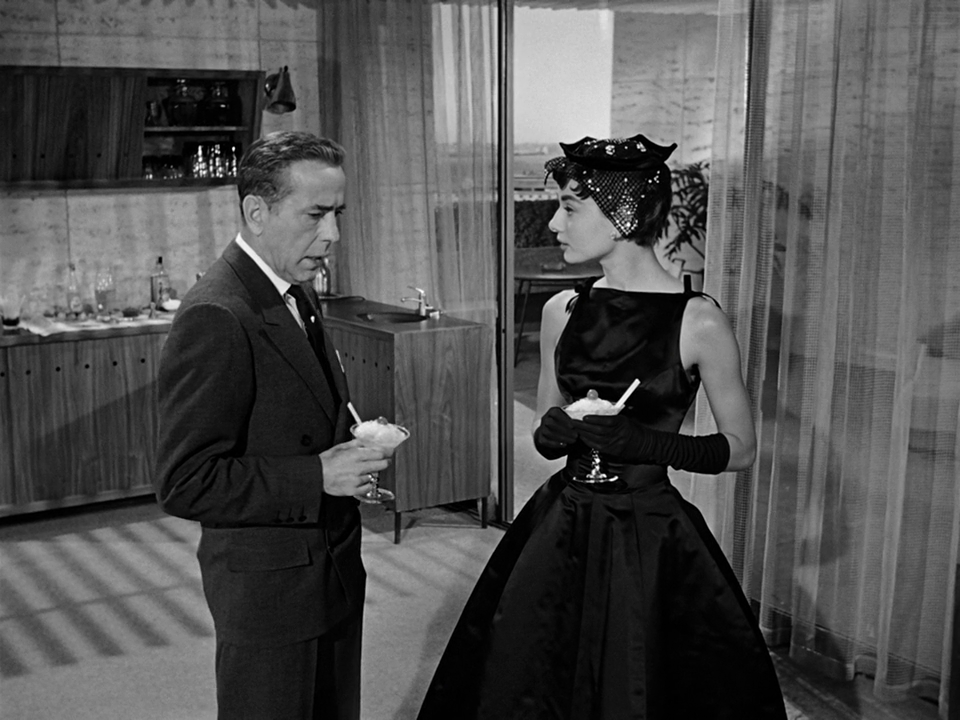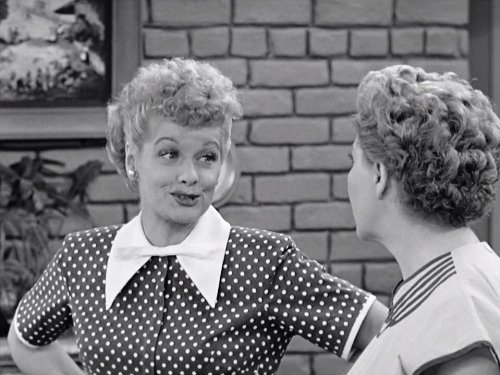The Red Envelope: Billkin and PP Krit’s Take on a Love Story Beyond the Grave
In a cinematic landscape saturated with remakes, reboots and sequels, you might ...

Ah, the 1950s—a decade that seemed to be wrapped in a pastel-hued dream, where women’s waists were cinched, skirts flared like upside-down tulips, and men looked like they stepped out of a Sears catalogue, all clean-shaven and impossibly neat; it was about an ideal, a vision of perfection that we still chase in our glossy Instagram feeds today.
But let’s not get too carried away by nostalgia. The 1950s, as glamorous as they appear in Technicolor films, were also a time of rigid societal norms. Clothing wasn’t just fabric; it was armour, a way to present oneself to the world in a way that said, “I belong, I conform, I am the American Dream.” Yet, beneath that polished veneer, there were whispers of rebellion, of change—a fact that Hollywood, in its own sly way, helped to broadcast.
Let’s explore some of the most iconic outfits from the USA 1950s in film and television that shaped the way we think about fashion and identity.
We’ve all seen it: Marilyn Monroe standing over a subway grate, her white halter dress billowing up in a flirtatious puff of fabric. Designed by William Travilla, the dress is synonymous with mid-century femininity—It’s one of those moments in film that transcends the screen—an image that’s been parodied, referenced, and idolised more times than we can count. But beyond the sheer sex appeal (and there’s plenty of that), Monroe’s dress is a statement. It’s an outfit that captures the mid-century obsession with femininity and sexuality, all wrapped up in white, the colour of innocence. Yet, the irony isn’t lost on us—this dress, so virginal in hue, became the symbol of Hollywood’s most famous sex symbol. It’s fashion as a contradiction, as commentary, as pure cinema magic.
If Marilyn’s white dress was about the allure of femininity, James Dean’s red jacket was all about the raw, untamed energy of masculinity. The rebel colour of the jacket, designed by Moss Mabry, stood out against the muted tones of the suburban backdrop in Rebel Without a Cause, Dean’s character, Jim Stark, is the embodiment of teenage angst, and that iconic red windbreaker became a uniform for the disenchanted youth of the 1950s. It was a signal to the world that the wearer was someone who didn’t fit into the cookie-cutter mould of post-war America. The jacket, much like Dean himself, became a symbol of rebellion, of questioning authority, of wanting more than the suburban dream. It’s a reminder that sometimes, a simple piece of clothing can carry the weight of an entire generation’s discontent.
Alfred Hitchcock had a knack for dressing his leading ladies in ways that were as psychologically loaded as his plots. Enter Grace Kelly in Rear Window, whose green suit is the epitome of 1950s elegance—designed by Edith Head, with its sharp lines and understated elegance. Tailored to perfection, every stitch is a testament to her character’s icy cool demeanour. But here’s the thing: Kelly’s Lisa Fremont is more than just a pretty face in couture. Her wardrobe, especially this verdant number, represents the tension between appearance and reality, between what we see and what lies beneath. The green suit is about envy, desire, and the creeping suspicion that not everything is as it seems. It’s fashion as foreshadowing, a sartorial clue in Hitchcock’s carefully constructed puzzle.

Before Breakfast at Tiffany’s, there was Sabrina. And before the Givenchy gown that would define Audrey Hepburn’s career, there was another little black dress that quietly revolutionised fashion. In Sabrina, Hepburn’s character returns from Paris with a newfound sense of style, and nothing says “I’ve arrived” quite like that simple, elegant black dress. It’s a moment of transformation, both for Sabrina and for fashion history. The little black dress would go on to become a staple in every woman’s wardrobe, a go-to for any occasion, and a symbol of understated chic. But in Sabrina, it’s also about identity—about stepping into a new version of oneself, about the power of reinvention. It’s proof that sometimes, the simplest outfits can have the most impact.

Lucille Ball’s polka dot dress is as much a part of television history as the show itself. I Love Lucy is another cultural phenomenon, and Ball’s wardrobe played a key role in her appeal. The polka dot dress, worn in countless episodes, is the epitome of 1950s housewife chic—cheerful, practical, and just a little bit whimsical. The dress designed by Elois Jenssen, with its playful pattern, was a perfect fit for Lucy’s zany antics and comedic timing. It was a costume that allowed her to move, to perform, to be the Lucy we all know and love. In a way, the dress became a character in its own right, a visual shorthand for the chaos and charm of the show.

The 1950s were a time of contradictions—of conformity and rebellion, of glamour and grit, of tradition and transformation. The outfits from this era’s films and TV shows reflect these tensions, offering us a glimpse into the cultural psyche of the time. They were symbols, statements, and sometimes, silent protests against the status quo. As we look back on these iconic looks, we’re reminded that fashion is never just about what we wear—it’s about who we are, who we want to be, and how we want the world to see us. And in the 1950s, as now, the right outfit says it all.
In a cinematic landscape saturated with remakes, reboots and sequels, you might ...
Find out more about your celeb favourites and their most loved vacation ...
These top 5 barber shops in Bangkok are where gentlemen can elevate ...
While traditional TV shows are serving us endless boy-meets-girl tales. Thailand has ...
Sailorr and Molly Santana’s black grills fuse hip-hop swagger with homage to ...
Netflix Thailand has officially announced a new price for base subscriptions We’ve ...
Wee use cookies to deliver your best experience on our website. By using our website, you consent to our cookies in accordance with our cookies policy and privacy policy